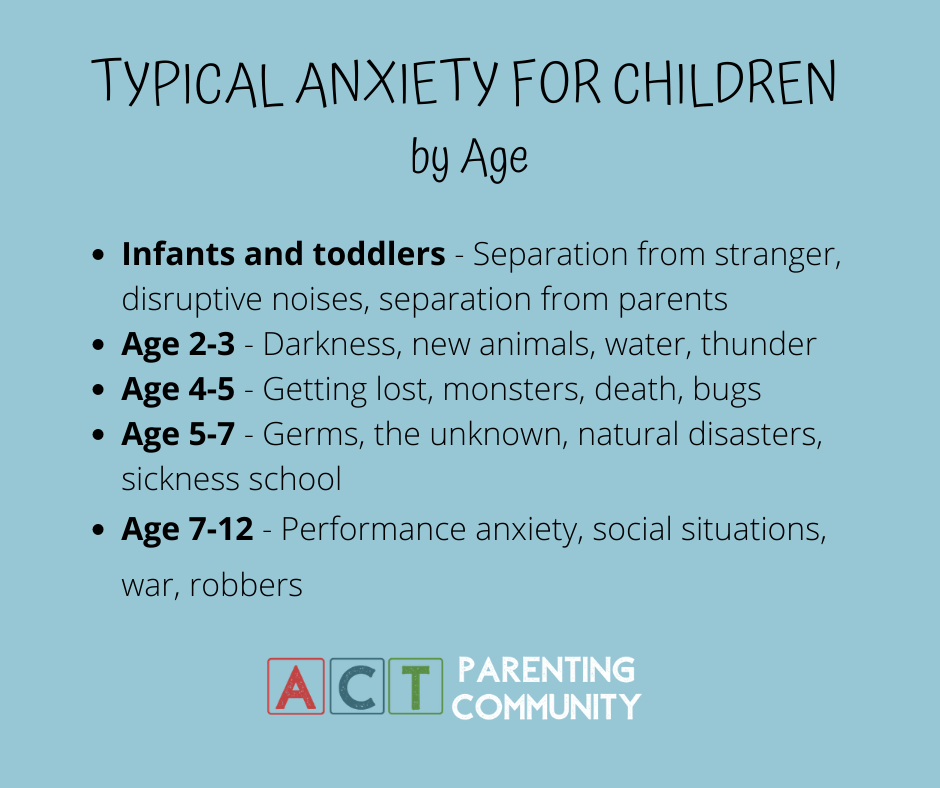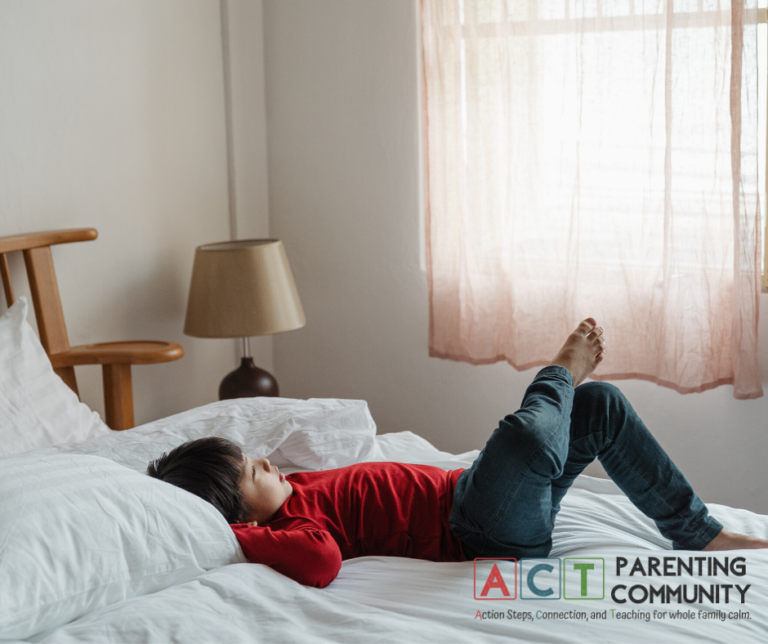A new person or place, an unexpected situation, the first day of school, there are many situations that can make kids feel uncomfortable and nervous. As parents, it can be challenging knowing when anxiety our child is feeling is “normal” and when it has reached a point of needing extra help.
Some anxiety is normal.
Anxiety is a part of every day life. All kids have fears and nerves that come and go throughout life. It’s completely normal for a child’s first reaction to a new situation to be anxious. But as they learn more information about the new situation, talk with parents or others about it, and then have experiences with it, those feels of anxiety typically diminish.
Research and our own experiences tell us that anxiety in certain situations is useful. Our fight, flight, and fear mechanism kicks in and it protects us in dangerous situations. It can be tempting to label all anxiety as bad or to believe that we have done something wrong, but at times anxiety can propel us forward in the right direction. If a child is anxious about doing well on a test, it may cause them to study and prepare for the test or maybe they are experiencing anxiety around a certain
Below is a list of typical and age appropriate fears children experience.

When anxiety begins to take over.
There are a few warning signs that can help parents clue in when anxiety in their children starts to move from “normal” to a place where it can begin to take over a child’s life.
- Extreme Meltdowns or Distress. This can look different in each child from small meltdowns to crying, panic attacks, struggling breathing, or the feeling of extreme overwhelm.
- Avoidance. Often times when anxiety starts to overtake a child it can cause them to go to extreme lengths to avoid being in the situation that causes them anxiety. This can look like kids avoiding school, refusing to be left alone with someone, hiding themselves away in their rooms for hours on end so they don’t have to deal with a certain situation or just becoming anxious at the mere thought of being exposed to something that can cause them anxiety.
Behaviors to Watch For
As a child’s anxiety grows it can begin to impact them in different ways.
- Children can overthink situations and imagine everything that could go wrong.
- Some kids begin to exhibit repetitive and compulsive behaviors that they feel unable to control or stop.
- They experience challenges falling and staying asleep.
- They may experience physical displays of distress such as headaches, stomach aches, lethargy etc.

Get Tools:
One of the first things we can do to help address our child’s anxiety is to help them name their anxiety and the emotions that are connected to that feeling. Often times when we are experiencing feelings of anxiety, we can get stuck in a cycle. Naming those feelings out loud can help us break that cycle.
If your child’s experience of anxiety is stopping them or your family from enjoying life, then it might be time to get more help. A counselor trained to work with children or a parent coach is a great place to start.
And we’ve got additional tools for you as well.
When you sign-up for our newsletter, we will send you “4 Tips for Parenting an Anxious Child” and watch your email because the very next day you’ll receive our FREE Family Fun Action Step on building emotional literacy in your family.
Our online course “Parenting in an Anxious World” is full of teaching and practical action steps to help you identify the cycle of anxiety in your family and start taking simple steps towards stopping the cycle and bringing more calm to your family.
